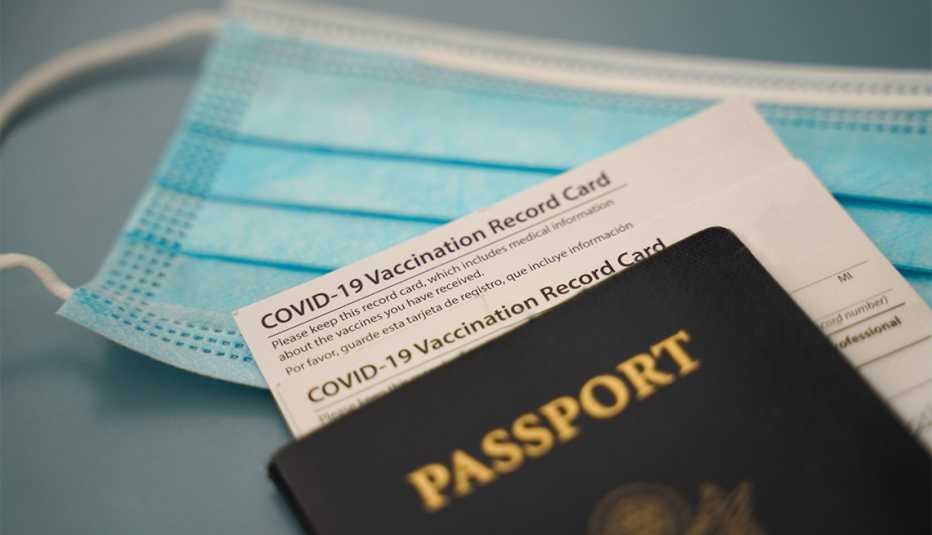AARP Hearing Center
For the first time in more than two years, Joelle Broughton has a packed calendar.
Broughton, 56, purchased concert tickets, made plans to attend wedding and graduation celebrations, booked flights to Toronto, and invited out-of-town guests to visit her in Sherrills Ford, North Carolina.
“As I’ve gotten vaccinated and boosted, the world is starting to feel safer again and I’ve started to feel more confident about making plans and getting back out doing things,” Broughton says.
Last summer, there was talk of a “hot vax summer,” with a Roaring 20s-like atmosphere as newly vaccinated Americans emerged from a long period of social isolation ready to party and, in some cases, do more dating and pairing up. Unfortunately, the arrival of the omicron variant and a surge in COVID cases forced another round of lockdowns and canceled plans.
But this year, even with the highly contagious strain circulating, some people have had enough and are ready for a new normal and an enhanced summer of socializing. With vaccination rates at 95 percent for those over age 65 and many pandemic restrictions loosened or lifted, masks are down, travel bookings are up — with 85 percent of Americans planning trips this summer — and a full roster of concerts, festivals and other live events is back on the schedule.
“There is a feeling of freedom and possibility in the air,” says Laura Whitney Sniderman, the founder of Kinnd, a friendship app aimed at reducing loneliness. “The desire to let loose is arising from the deficit of connection caused by the pandemic. We were starved for connection and now we’re filling ourselves back up.”
Summer plans ready for takeoff
People are learning to balance their concerns about COVID prevention with a yearning to get on with their lives. Last summer Bruce Brothers enjoyed a few short domestic trips, but with international travel restricted by many countries shutting their borders, he had no choice but to stay close to his home in Marco Island, Florida.




































































